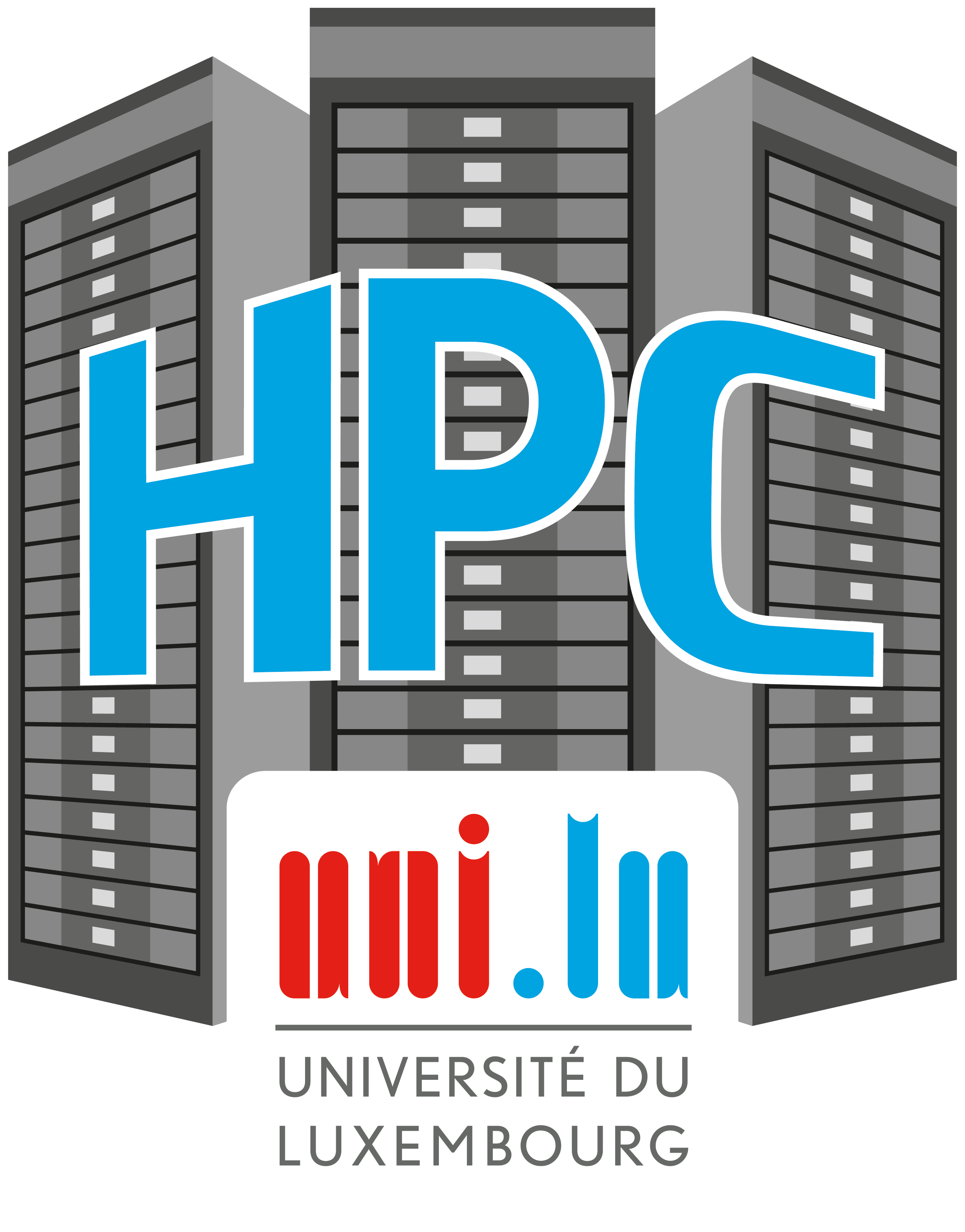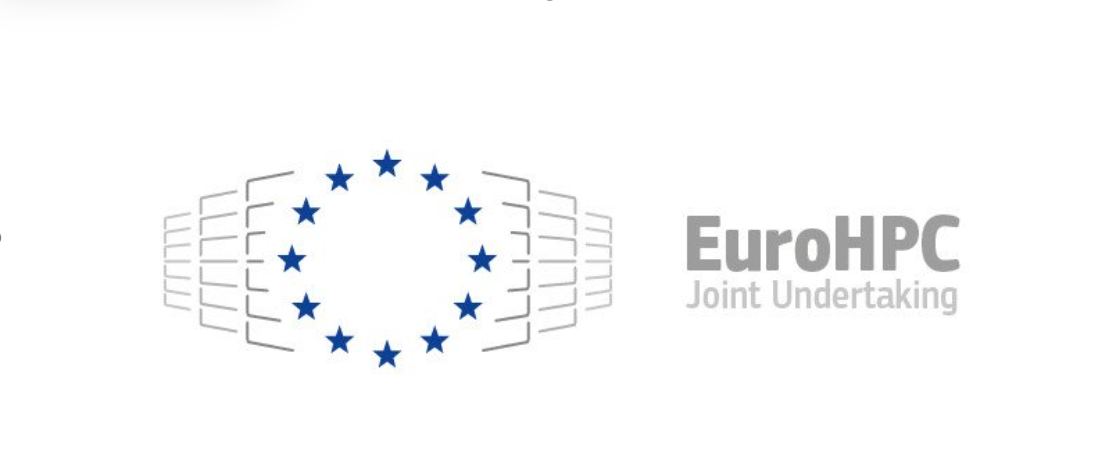Using advanced computer simulations to enhance desalination technology at a microscopic level
Challenge: Membrane Distillation (MD) is a promising desalination technique with low costs, but it still lacks efficiency. To improve it, engineers need to understand how liquids interact with tiny hydrophobic membranes that separate freshwater from saltwater. Unfortunately, studying these nano-scale structures in a lab is challenging.
Solution: Engineers employed a method called Lattice Boltzmann (LB) to examine micro and nano-scale structures more effectively. By creating computer models of a substantial portion of the membrane (about the size of a small grain of sand), consisting of billions of tiny units, engineers gained insights into its behaviour. To handle this massive amount of data, engineers utilised multiple powerful graphics processing units (GPUs) and a specialised programming approach. This breakthrough allowed them to explore the previously unexplored and push the boundaries of desalination research.
Find further information about this example and other similar applications.
Source: ULHPC Demonstrators
.png?lang=en-US&ext=.png)

